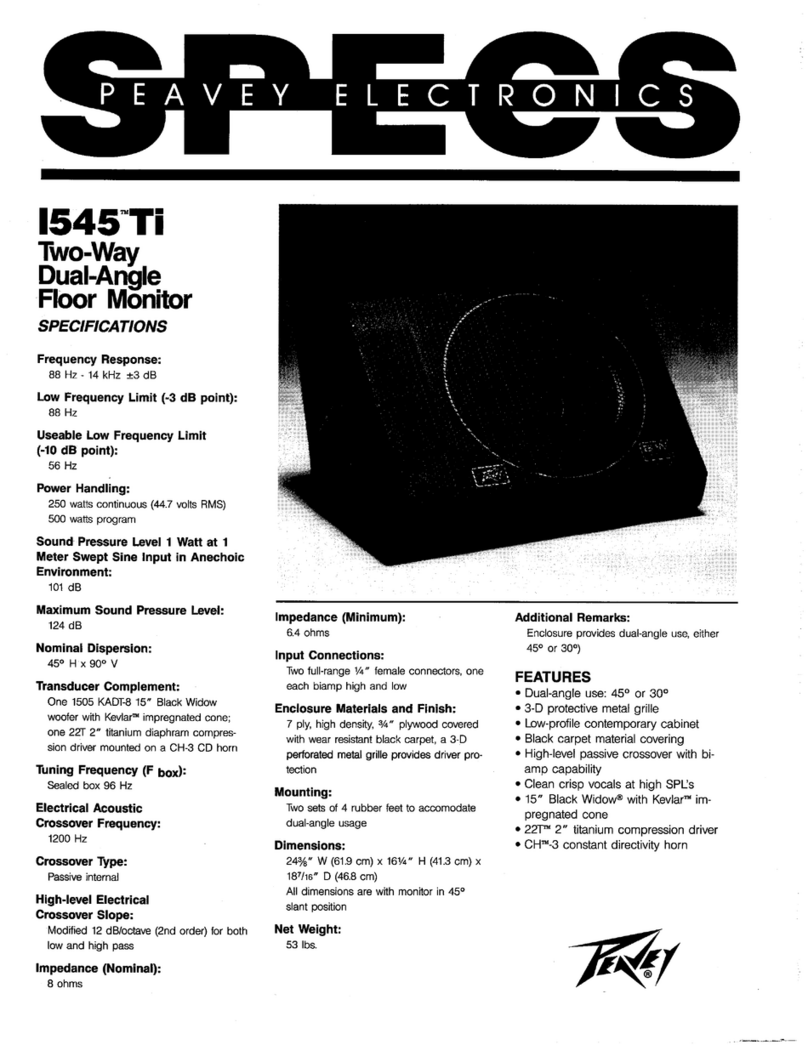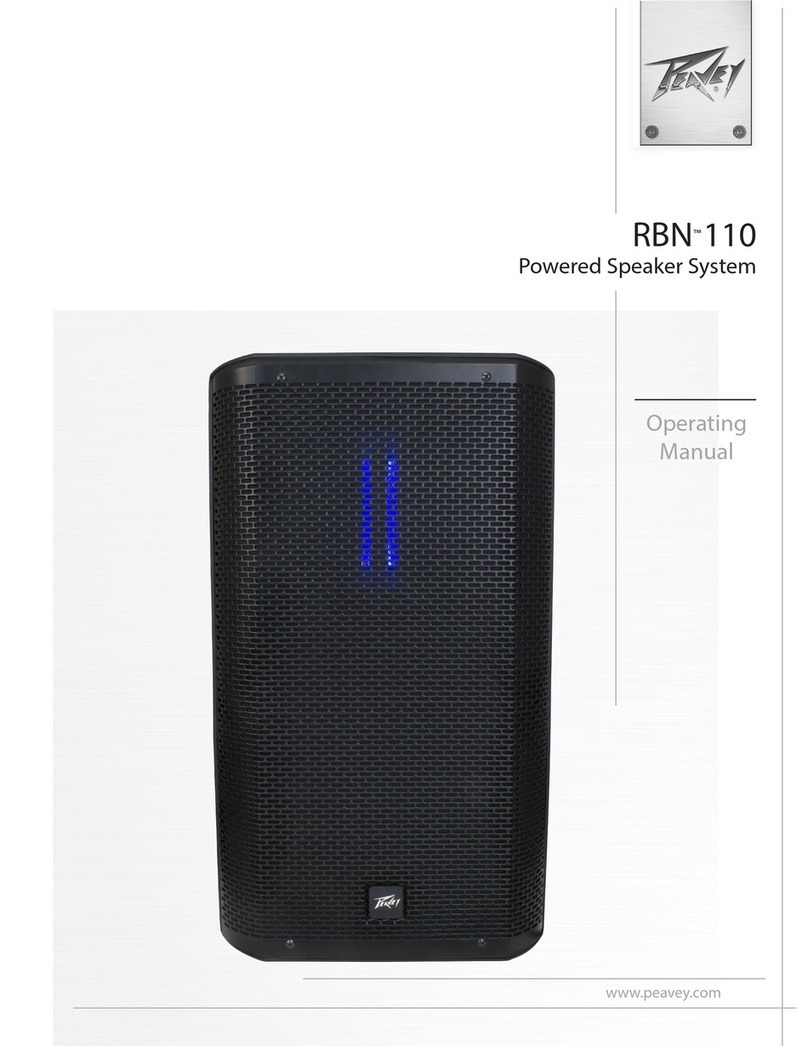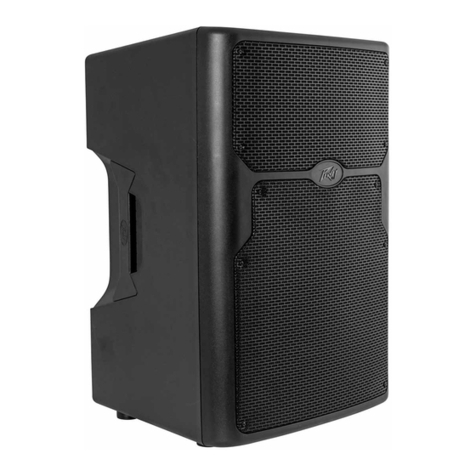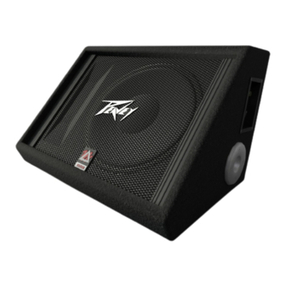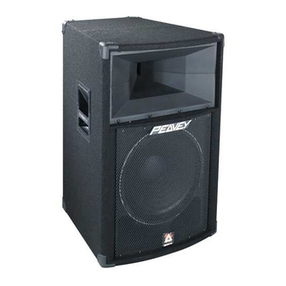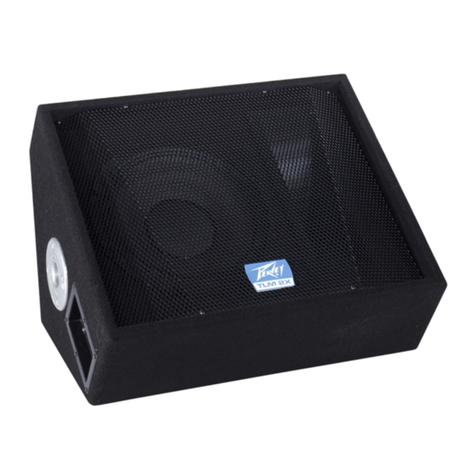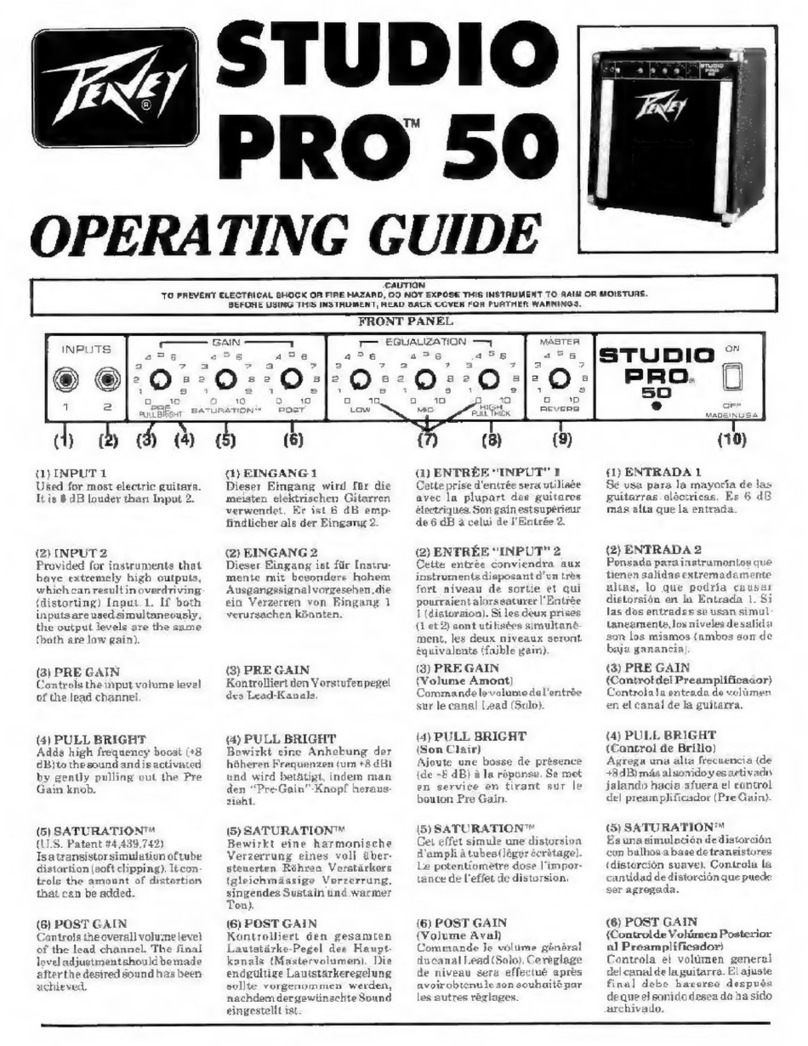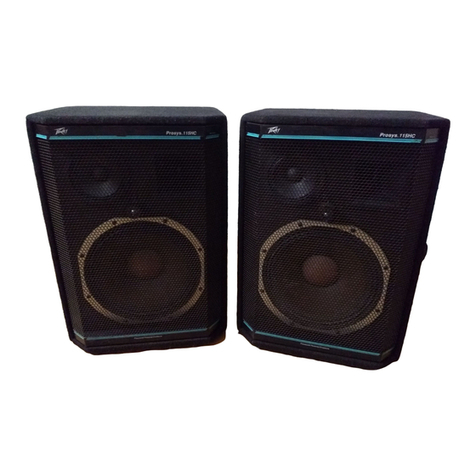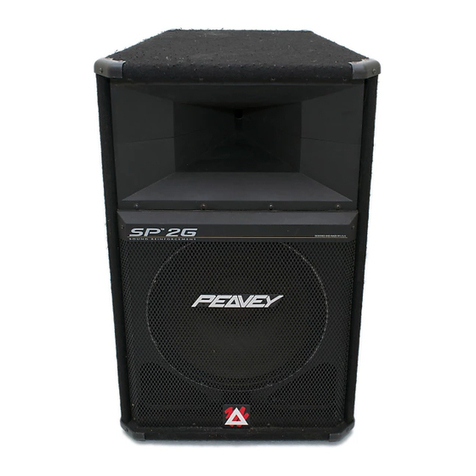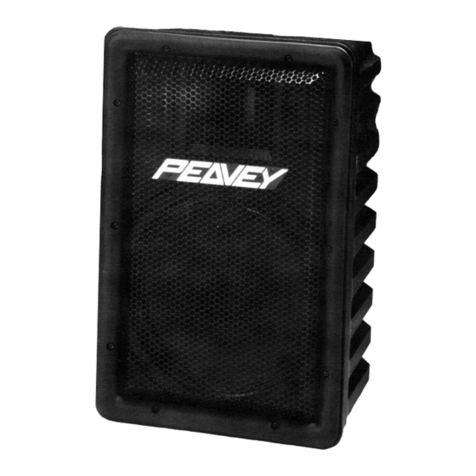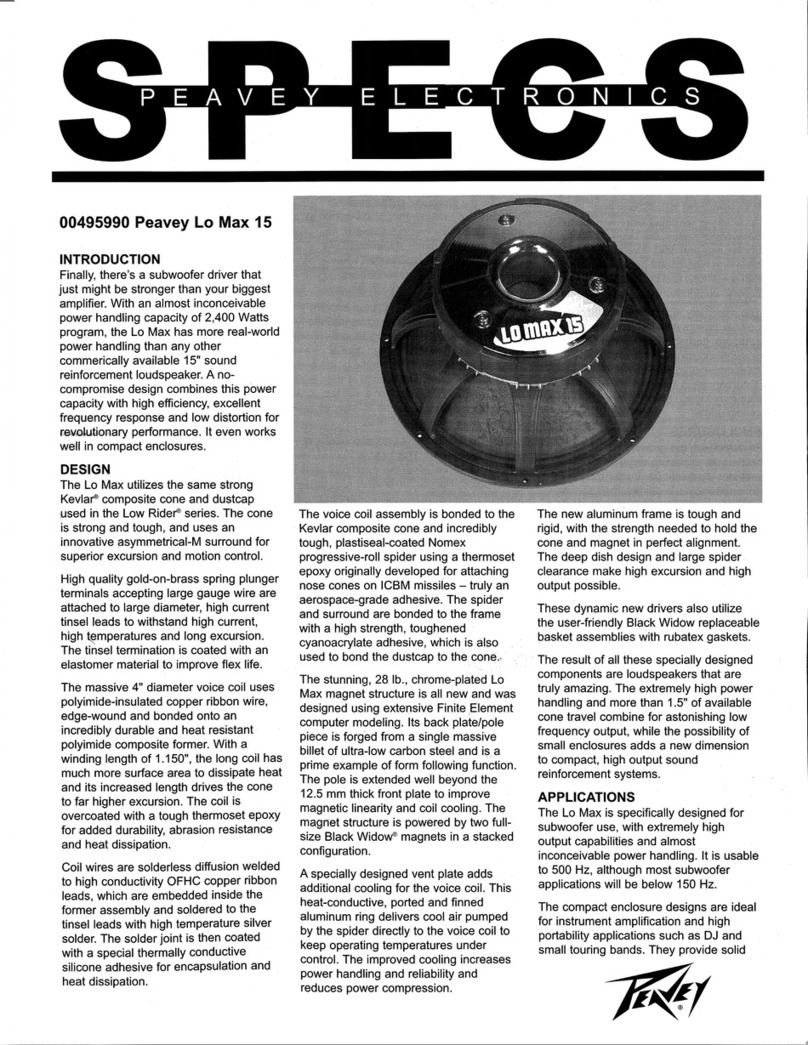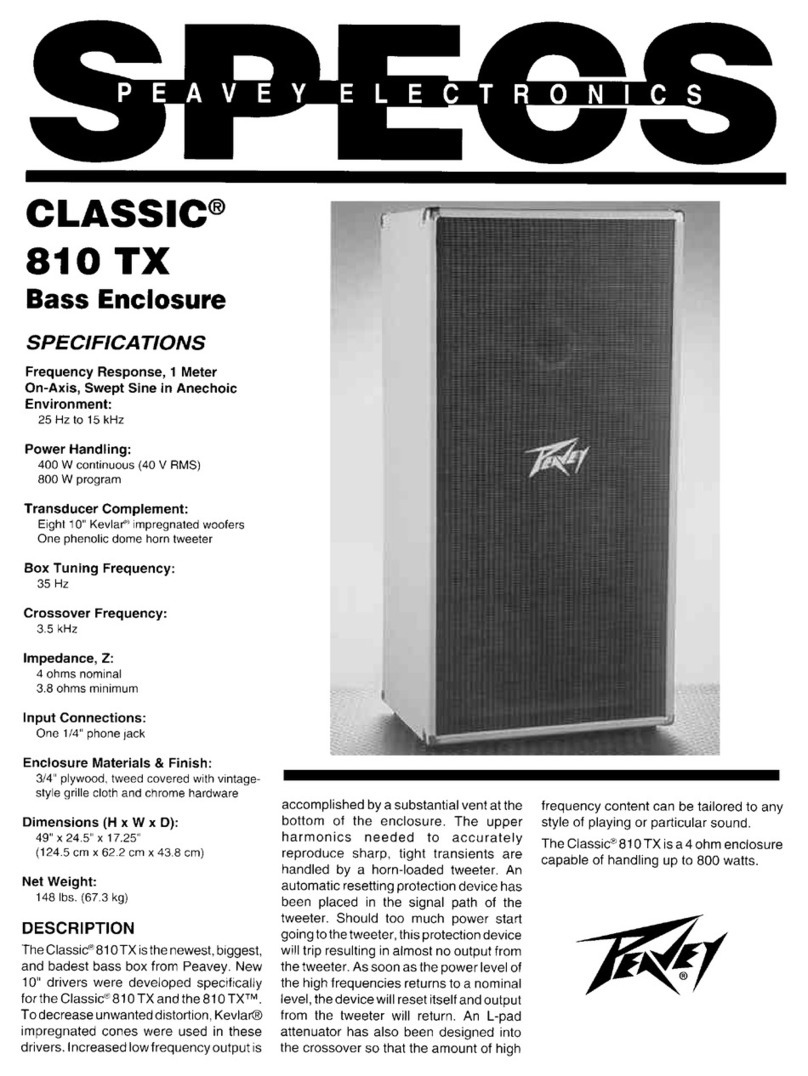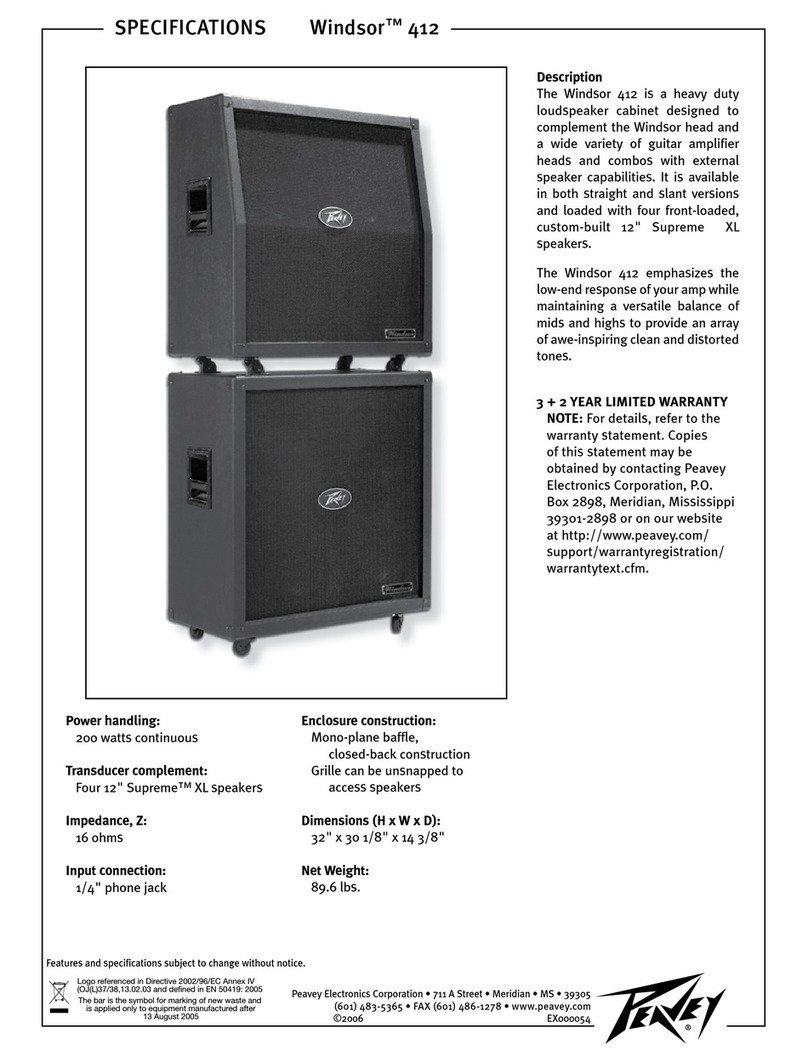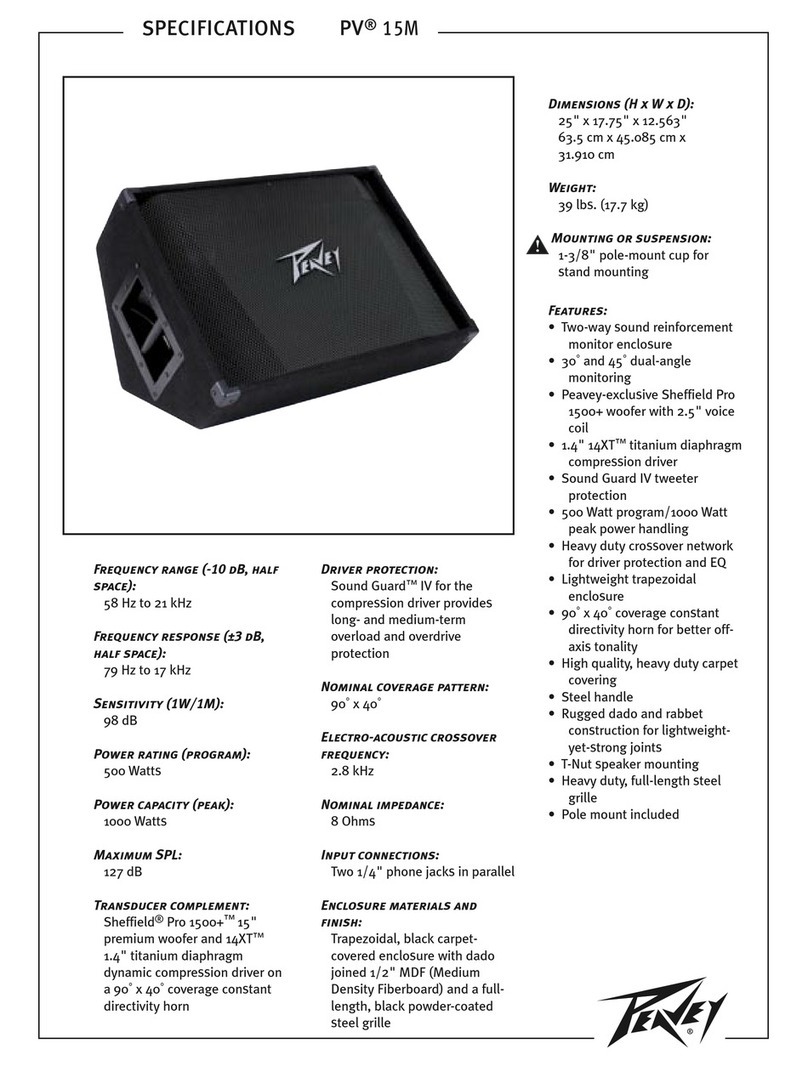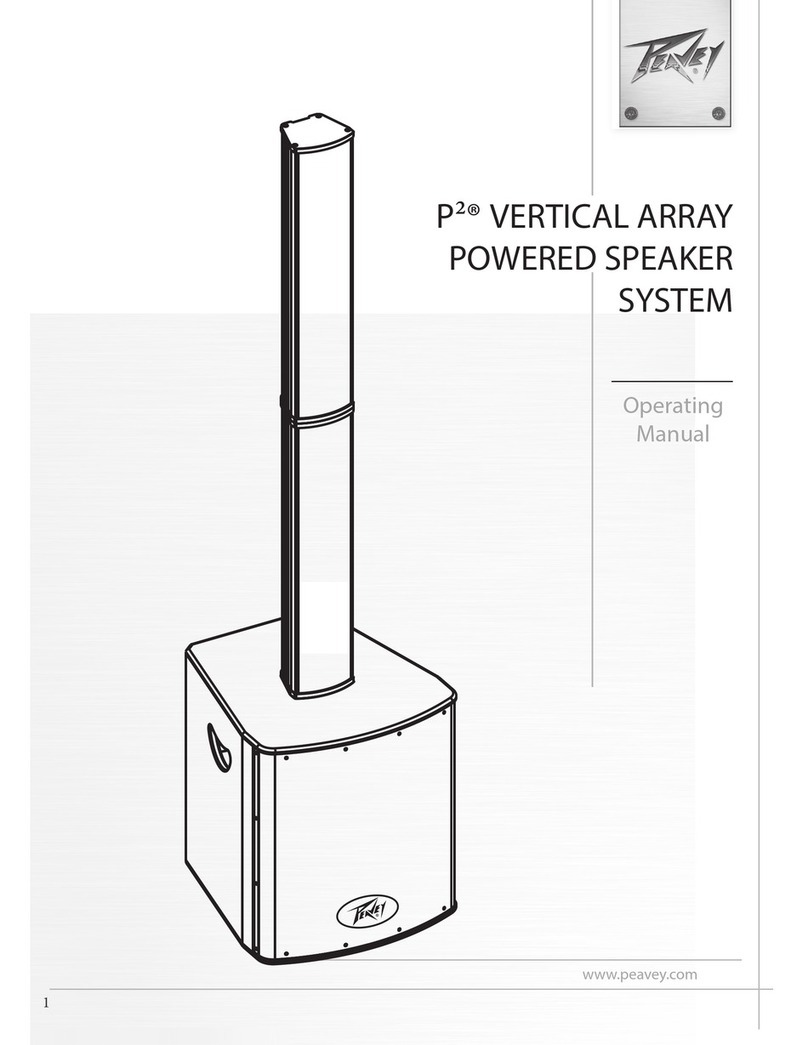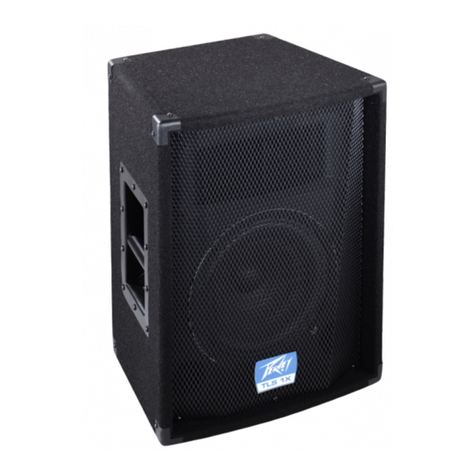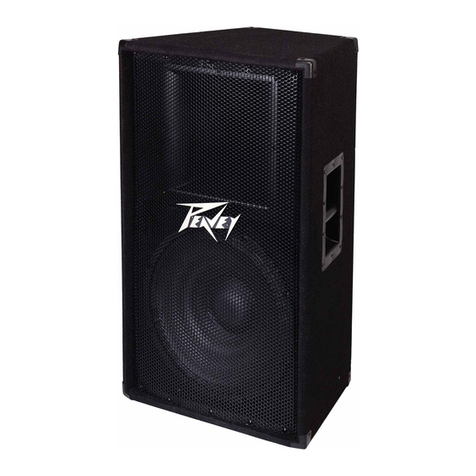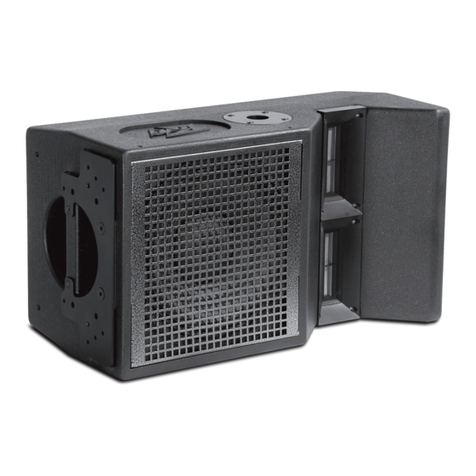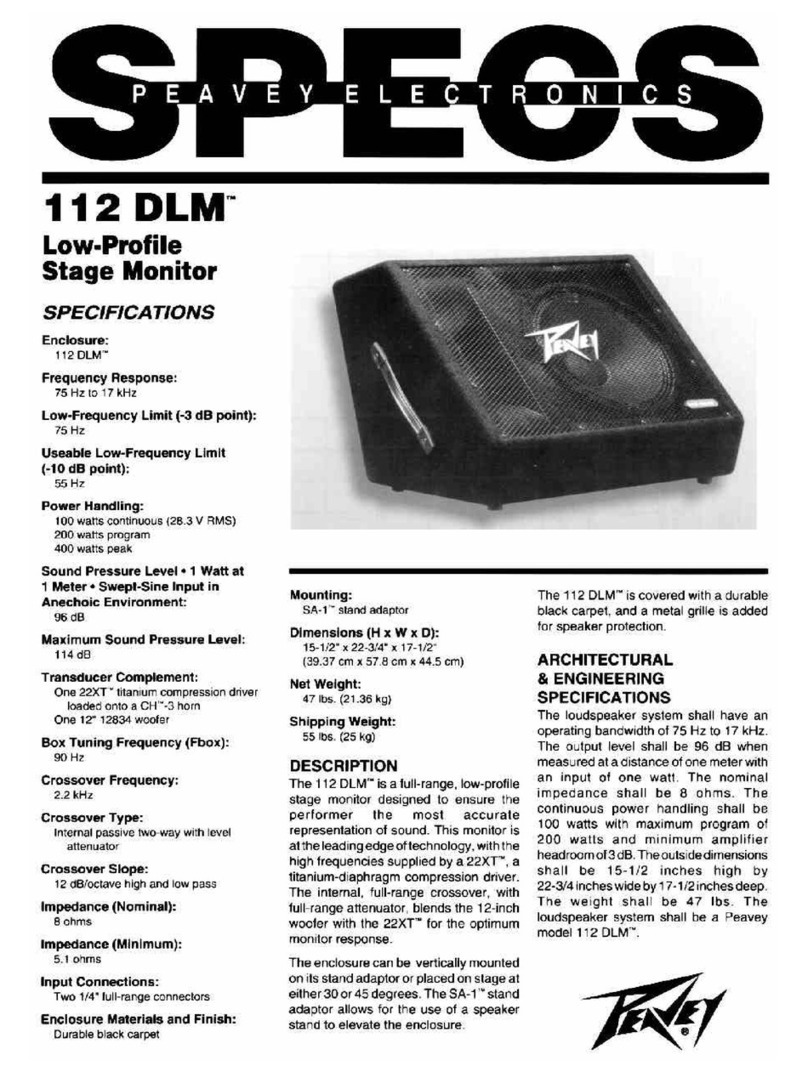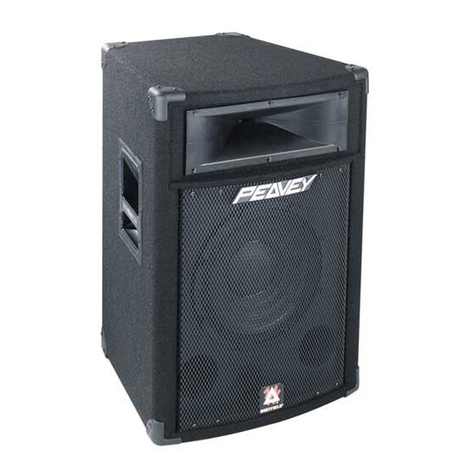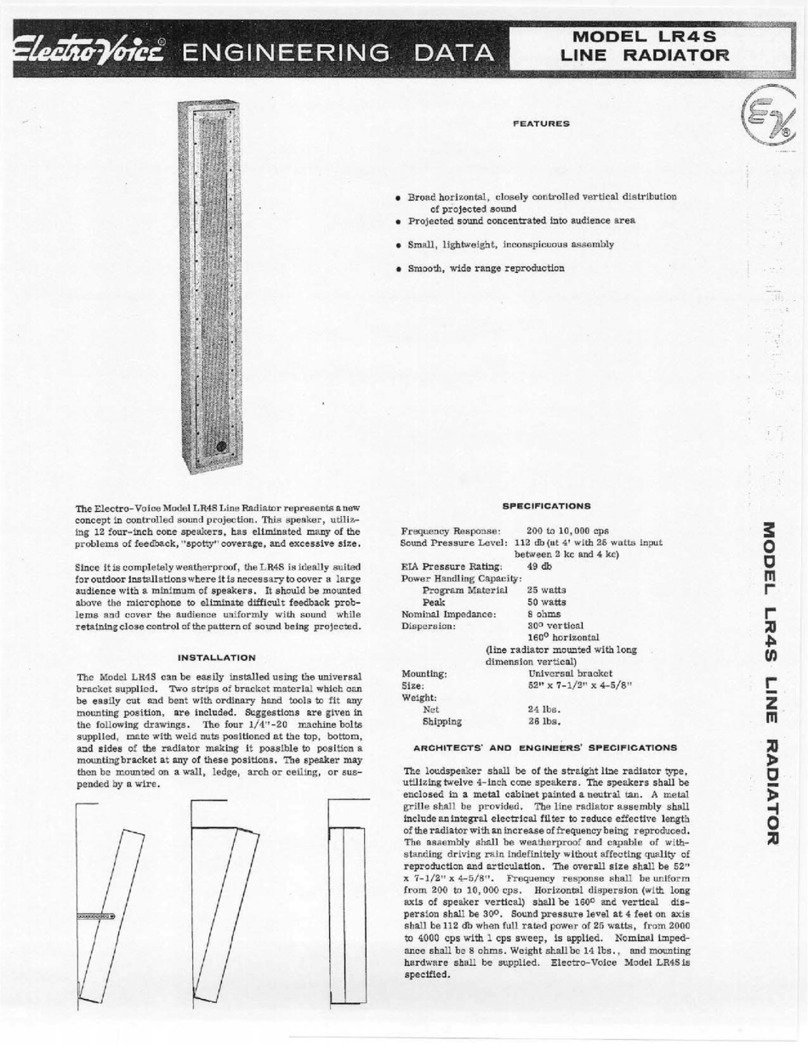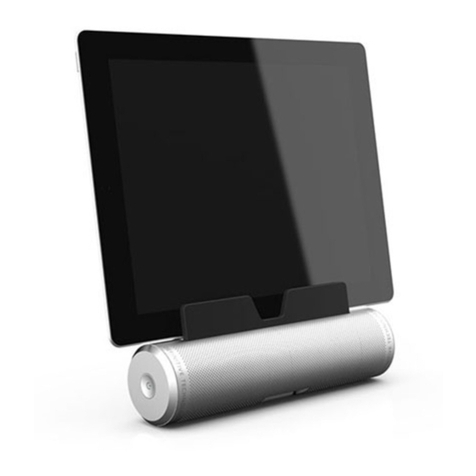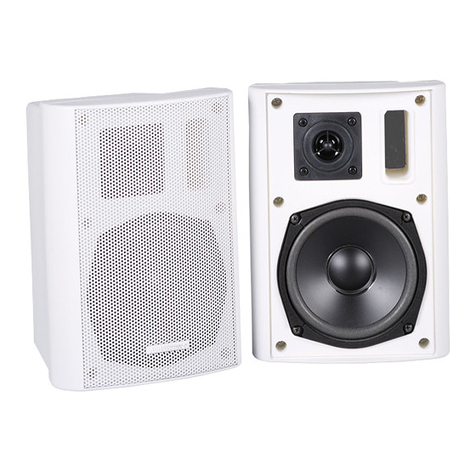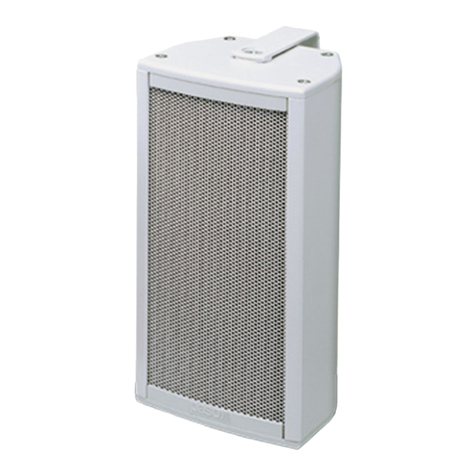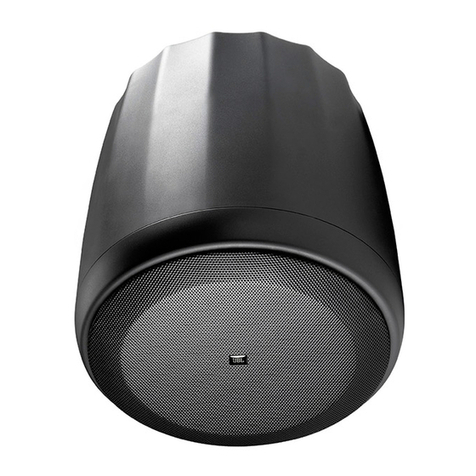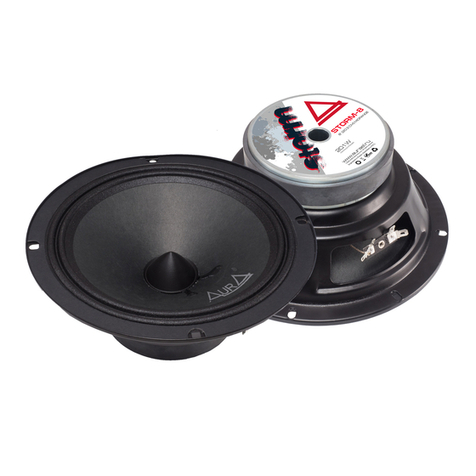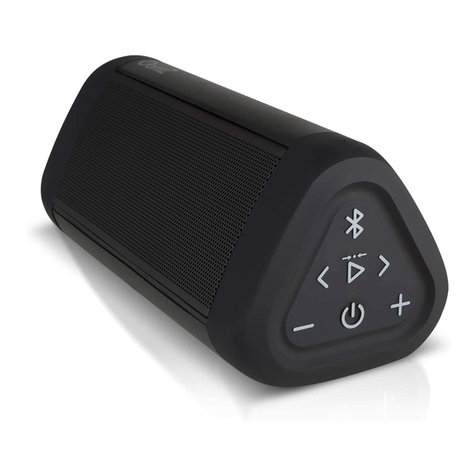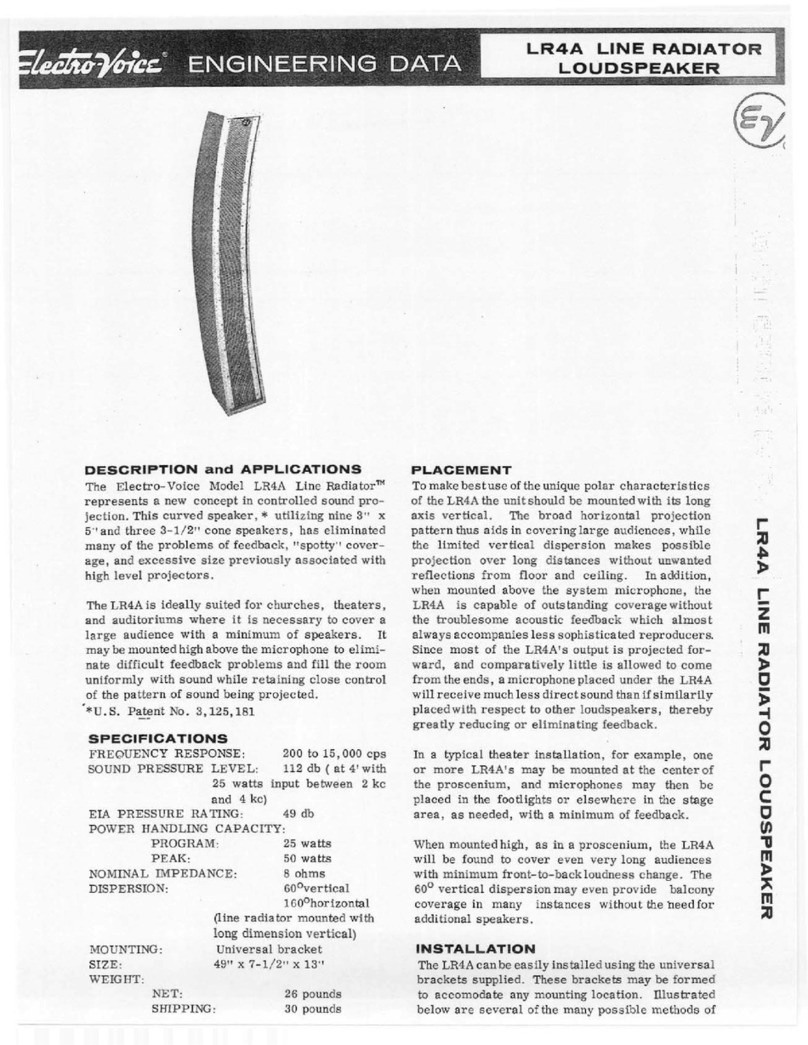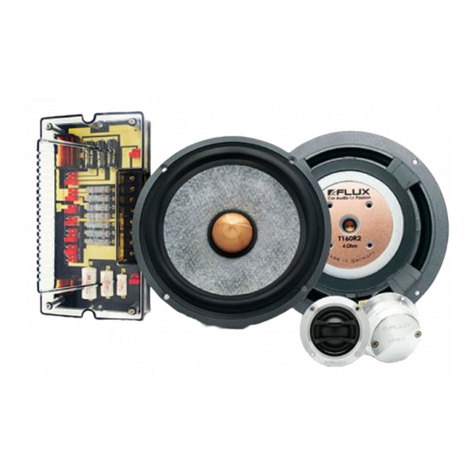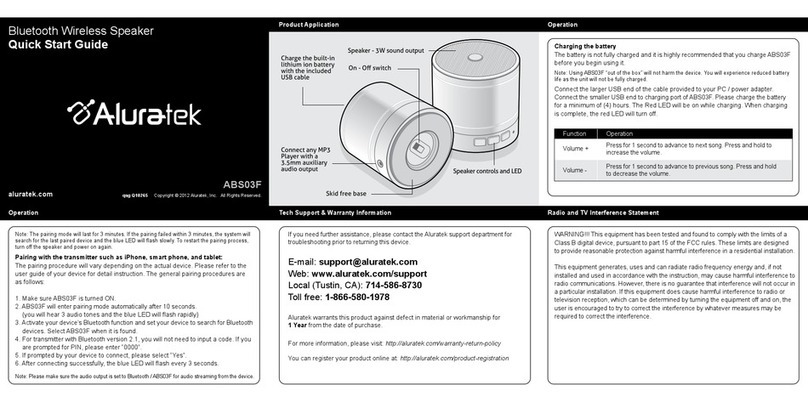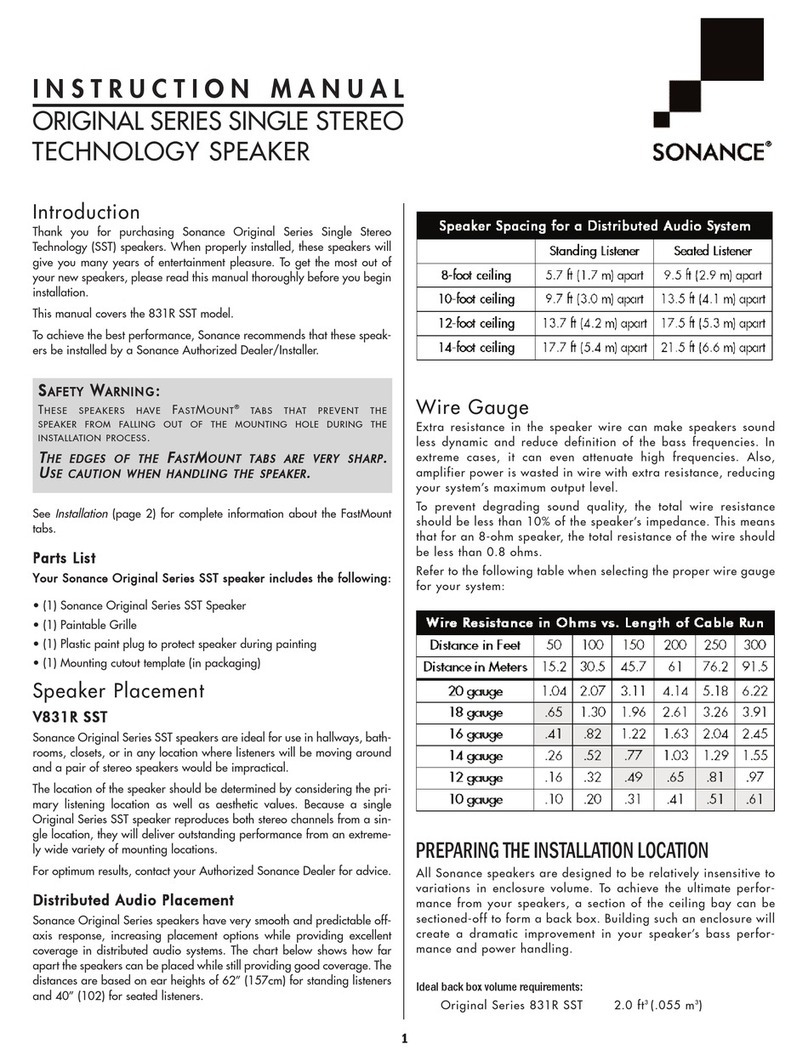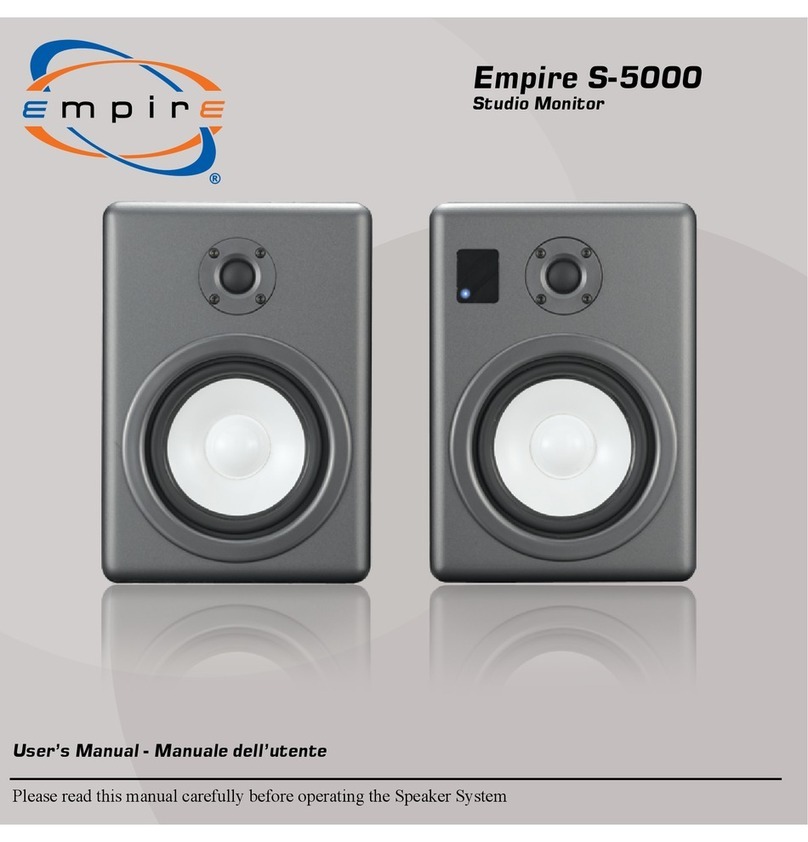
2
Low frequency (each):
Nominal: 8.0 Ω
Minimum: 6.5 Ω
Mid frequency (each):
Nominal: 6.0 Ω
Minimum: 4.8 Ω
High frequency (each):
Nominal: 8.0 Ω
Minimum: 6.2 Ω
2 x Neutrik® Speakon® 8-pin jacks in
parallel; 4 x Neutrik Speakon 4-pin
jacks, one set in parallel for the
lows (each woofer independently
accessible), and one set in parallel
for the midrange and highs
18, mm 13-ply Baltic Birch plywood
finished in black or white painted
finish with perforated steel
grille finished in black or white
powder-coat paint.
Custom array brackets and hardware
and a custom array angle adjustment
system are included with each
module. Twelve heavy-duty 3/8”
quick release pins are included.
Array fly bar and pull-back bar
available separately.
Front:
14.06” x 43.13” x 11.75”
357 mm x 1096 mm x 298 mm
Rear:
12.62” x 42.00” x 11.75”
321 mm x 1067 mm x 298 mm
Width with quick-release pins inserted
on both ends: 44.56” (1132 mm)
97 lbs. (44.1 kg)
(includes two of the rigging coupling
brackets, one on each side, and 12
locking push pins)
Versarray™ 118 Sub: single 18” Lo Max®
woofer, ground-based subwoofer
Versarray™ 218 Sub: double 18” Lo
Max® woofer, ground-based subwoofer
Versarray 218F Sub: double 18” Lo Max
woofer, flying subwoofer
Peavey Versarray 212 Array fly bar
(Peavey part number 00586480,
weight 85 lbs.)
Versarray 212 Pull-back bar (Peavey
part number 00587320)
A two-foot speaker cable, with 16-
gauge 4-conductor wires with 4-pin
to 4-pin Neutrik Speakon connectors
(Peavey part number 00585240, two
required to jumper to next cabinet)
A two-foot speaker cable, with 14-
gauge 8-conductor wires with 8-pin
to 8-pin Neutrik Speakon connectors
(Peavey part number 00569460, one
required to jumper to next cabinet)
• Three-way, tri-amp ribbon line
source array SR system
• Dual 12” Neo Black Widow® 4”
Dual VC Woofers
• 2000 watts program, 4000 watts
peak power handling for the lows
• Ten Peavey exclusive 2.5” Neo
Midranges in a compound line
array source
• Four Peavey exclusive planar
ribbon tweeters on a manifold line
source loaded into a wave guide
• 400 watts program power handling
for the midrange and highs
• 70 H by 15 V pattern (one per cabinet)
• MF/HF Waveguide Diffraction
Control System built into the grille
• Easy aiming angle adjustment
rigging system
• Angles adjustable in 1˚ increments
from 0 to 5 degrees, per cabinet,
10˚ maximum total angle between
adjacent cabinets
• Vertical adjustment bracket set
included with cabinet
• Sound Guard™ midrange and
tweeter protection
• Inputs are two Neutrik Speakon
8-pin jacks in parallel; and four
Neutrik Speakon 4-pin jacks, one
set in parallel for the lows, and one
set in parallel for the midrange and
highs
• 18 mm, 13-ply Baltic birch enclosure
The Versarray 212 Ribbon Tweeter
Line Source Array module consists of
dual 12” Neo Black Widow woofers
combined with a neodymium-based,
Peavey-exclusive midrange line
array and planar ribbon tweeter line
source in a cabinet with a highly
flexible rigging system. Designed to
provide modular coverage of medium
to large venues and intended for
use with the companion Versarray
Sub models, the Versarray 212
offers extreme versatility and high
performance.
The three-way system consists of the
following driver components: two
12” Black Widow Neo series woofers
with neodymium magnet structure.
The woofers are capable of over
500W of continuous power handling
(AES Std 2-1984) each.
The midrange is handled by ten
2.5” Neo magnet midrange drivers,
providing a total of 200W of
continuous power handling, at a high
sensitivity of 101 dB.
The high frequencies are handled by
four Peavey-exclusive planar ribbon
tweeters utilizing a neodymium
magnet system, firing into a manifold
and creating a line source mounted
to a low distortion waveguide.
Capable of 200W continuous power
handling, the tweeter line source
array provides a crystal-clear high
end.
Tri-amp input connection to the
system is made via two 8-pin Neutrik
Speakon jacks which are paralleled,
or by utilizing four Neutrik Speakon
4-pin jacks, one set in parallel for
the lows and one set in parallel
for the midrange and high. Each
12” Neo woofer is independently
wired, providing flexibility in how
a line array is wired for amplifier
use. Peavey’s proprietary protection
circuitry, Sound Guard, provides long
and medium term driver overload
protection for both the midrange
array and the line source tweeter
manifold without impairing musical
transients or dynamics.
The adjustable rigging system
provides for a classic straight line
array configuration, or a number of
different angling options, providing
SPECIFICATIONS Versarray212
